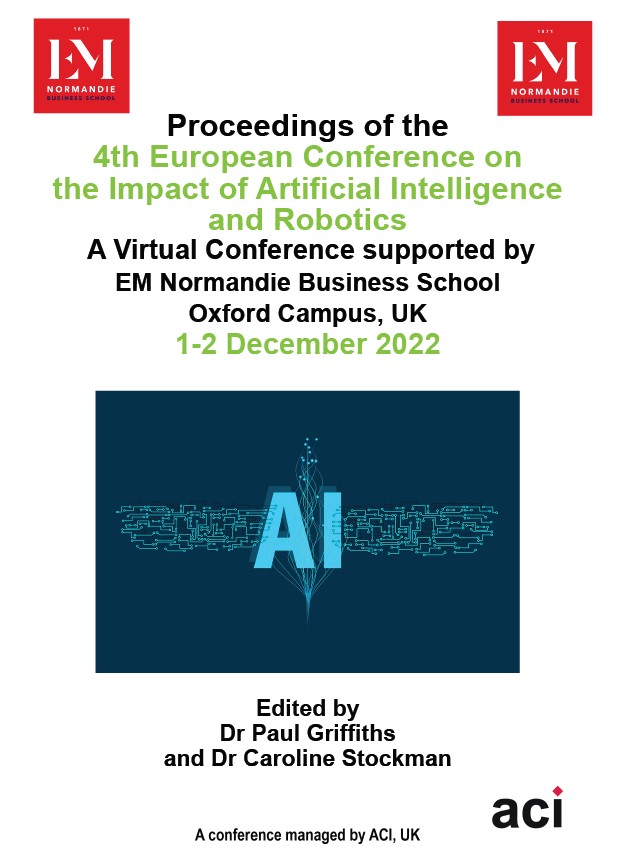Activity Theory Analysis of RPA and Workforce in Financial Institutions
DOI:
https://doi.org/10.34190/icair.4.1.927Keywords:
Robotic Process Automation, Activity Theory, Workforce, Banking, Financial InstitutionsAbstract
Financial institutions have been at the forefront of using Robotic Process Automation (RPA). Developing countries are moving towards using this emerging technology. Literature indicates various views on RPA and the workforce within financial institutions. This article, therefore, explores how RPA can be productively implemented in financial institutions. Activity Theory (AT) was applied to gain a deeper understanding of the challenges within financial institutions regarding the workforce employed. Using the six tenets of Activity Theory, this article looks at how these various areas impact the RPA adoption concerning the workforce. The use of RPA in financial institutions has assisted in processing mundane, repetitive tasks that do not require human intelligence. However, the AT tenets revealed the contradiction between RPA and the workforce. The challenges arise from a lack of understanding of how the two actors (RPA & workforce) can work in harmony and how both are reliant on one another. This paper uses qualitative methods to unpack the implications of RPA in financial institutions and the impact RPA has on the workforce. Various studies looked at the fear amongst the workforce regarding RPA, yet no empirical evidence exists to prove that RPA causes unemployment. This study demonstrates that communication is essential for introducing new technology.





